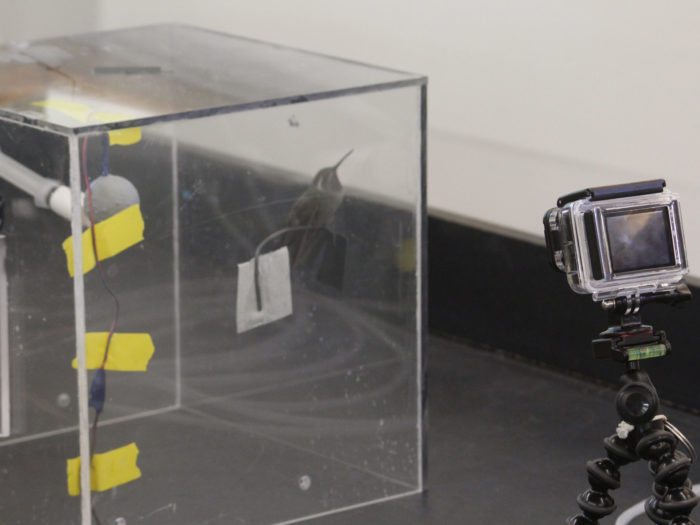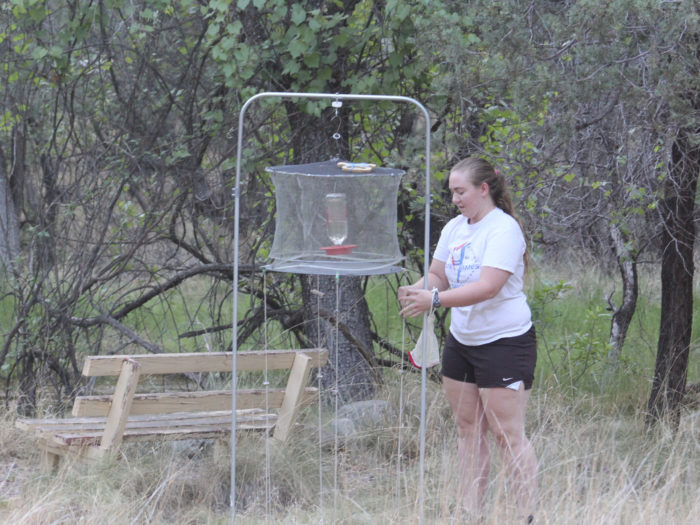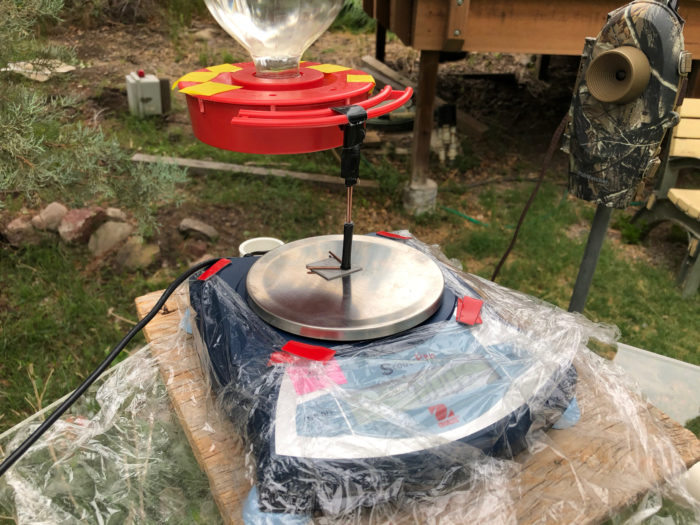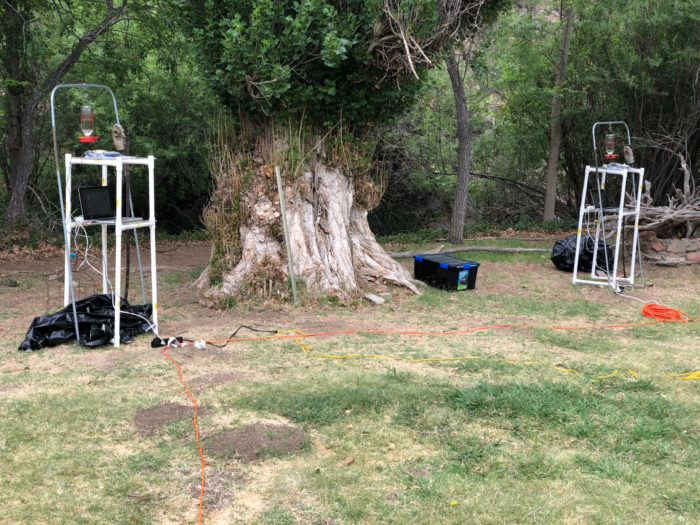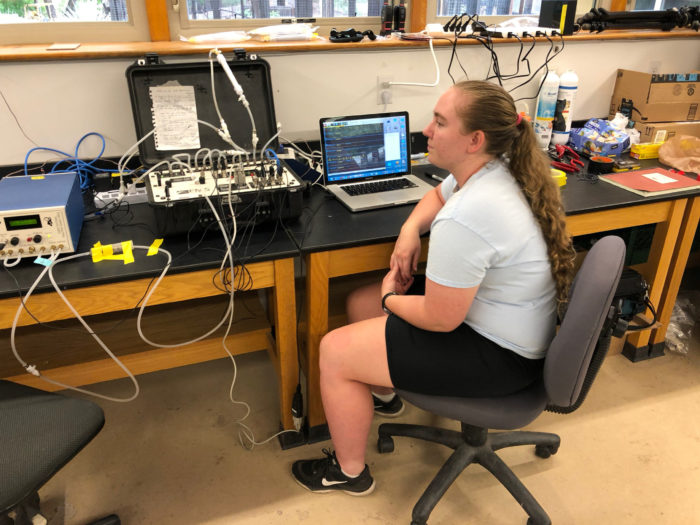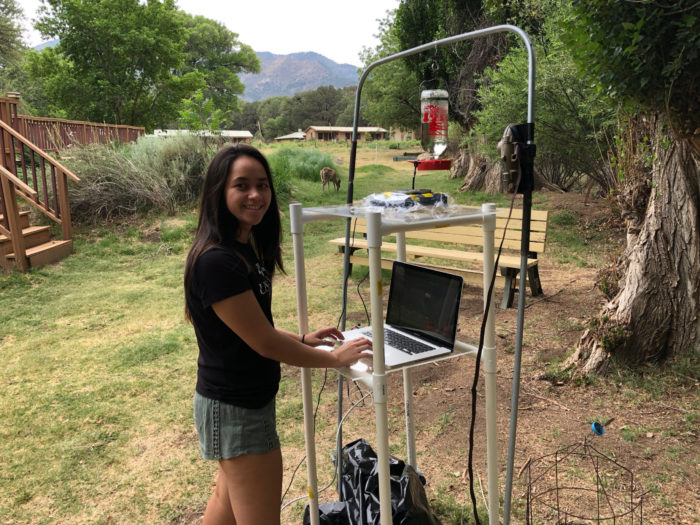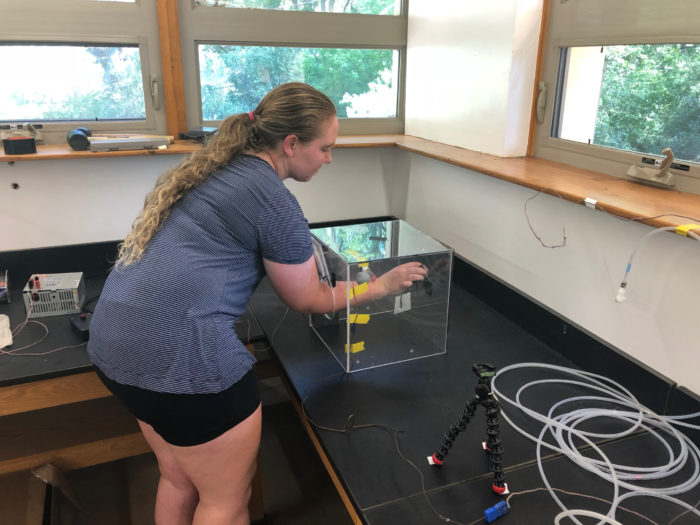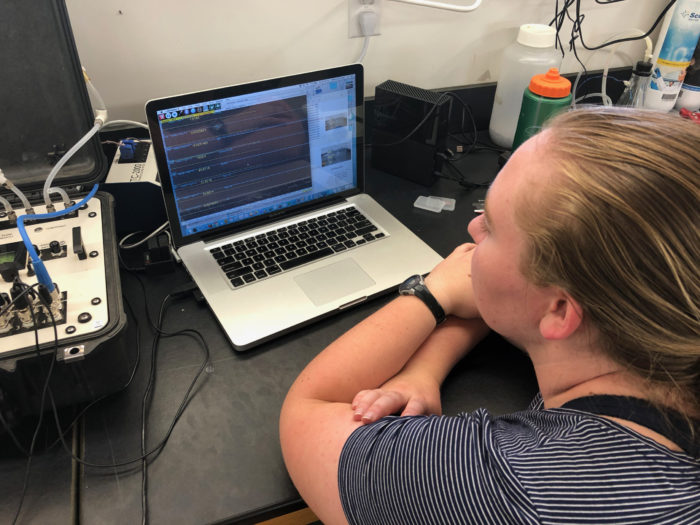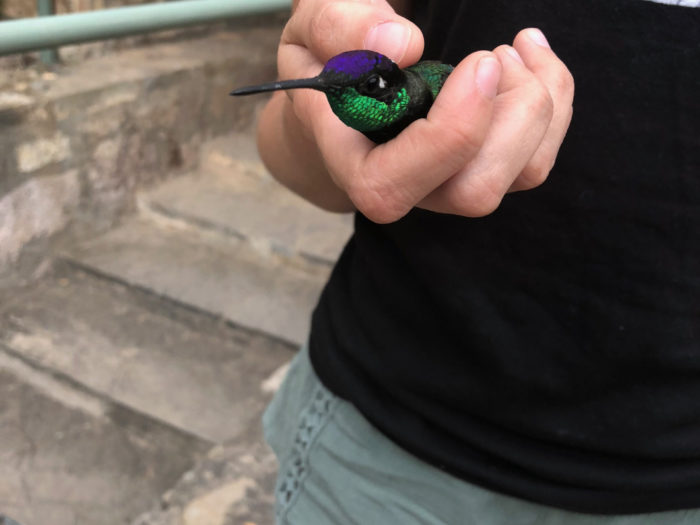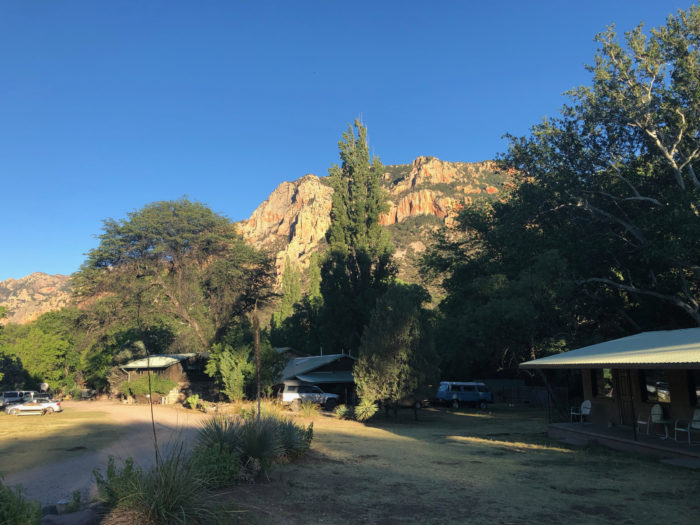The Powers lab collected data on hummingbirds for nearly a month at the Southwestern Research Station (SWRS) from the latter part of May to late June. Collectively we gathered data on nighttime body temperature management, daytime body mass management, and evaporative heat dissipation during hovering. Collaborator Anusha Shankar (Stony Brook University) and Sarah arrived two weeks before the rest of us to finish up measurements showing use of shallow torpor by hummingbirds. Once Don and Natalie arrived measurements of daytime body mass management and evaporative heat dissipation began. While the evaporation measurements were less successful than we hoped, we still ended our time at SWRS with tons of good data.
 Nature
Nature Science
Science AJP – Regulatory, Integrative and Comparative Physiology
AJP – Regulatory, Integrative and Comparative Physiology- Serum endothelial monocyte-activating polypeptide-II response after 9-hours of passive heat exposure: influence of age, diabetes or hypertension January 9, 2026
- Exercise-induced antioxidant programing in oxidative muscle: A critical IL1β-NBR1-p62 axis January 9, 2026
- Enhanced cerebro-cardiovascular responses before starting voluntary exercise in young men with higher peak aerobic capacity January 9, 2026
Powers Lab Links


